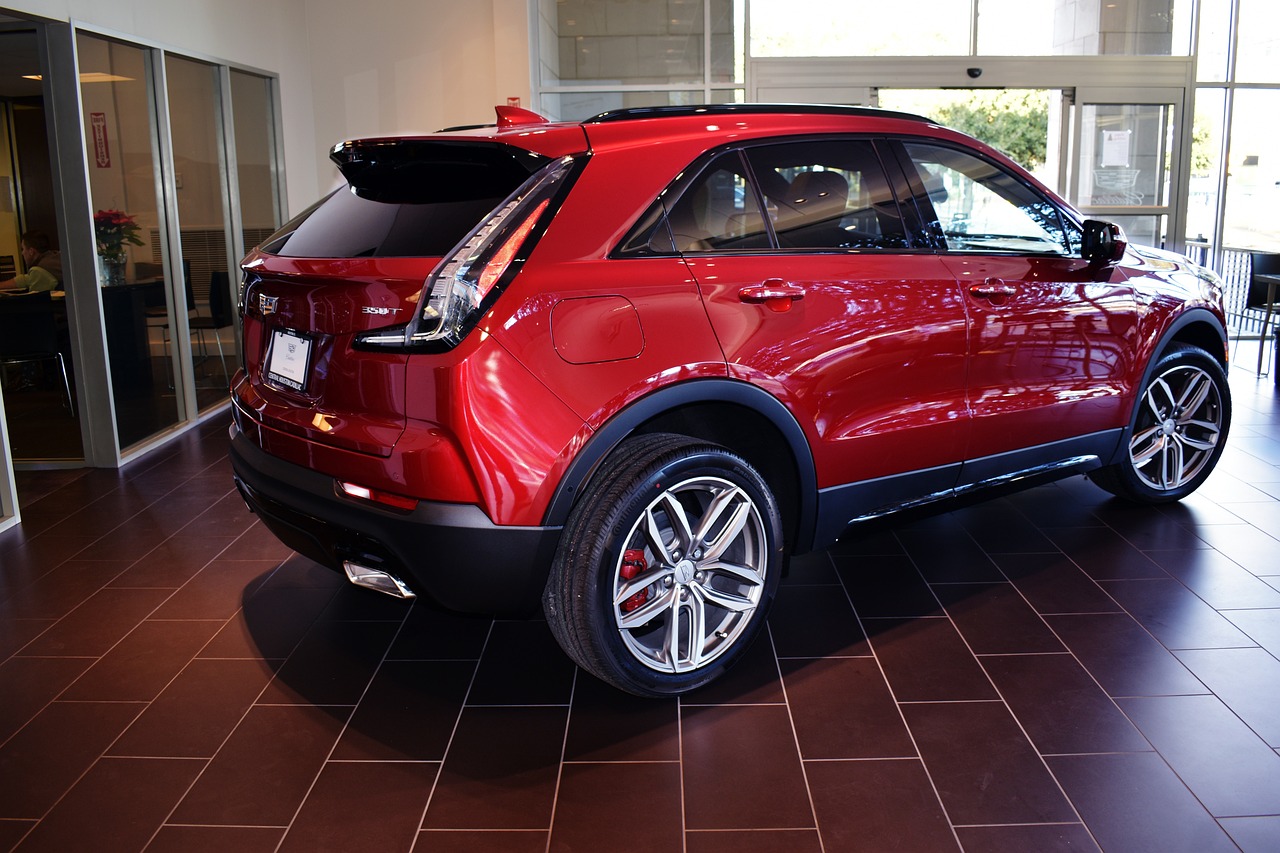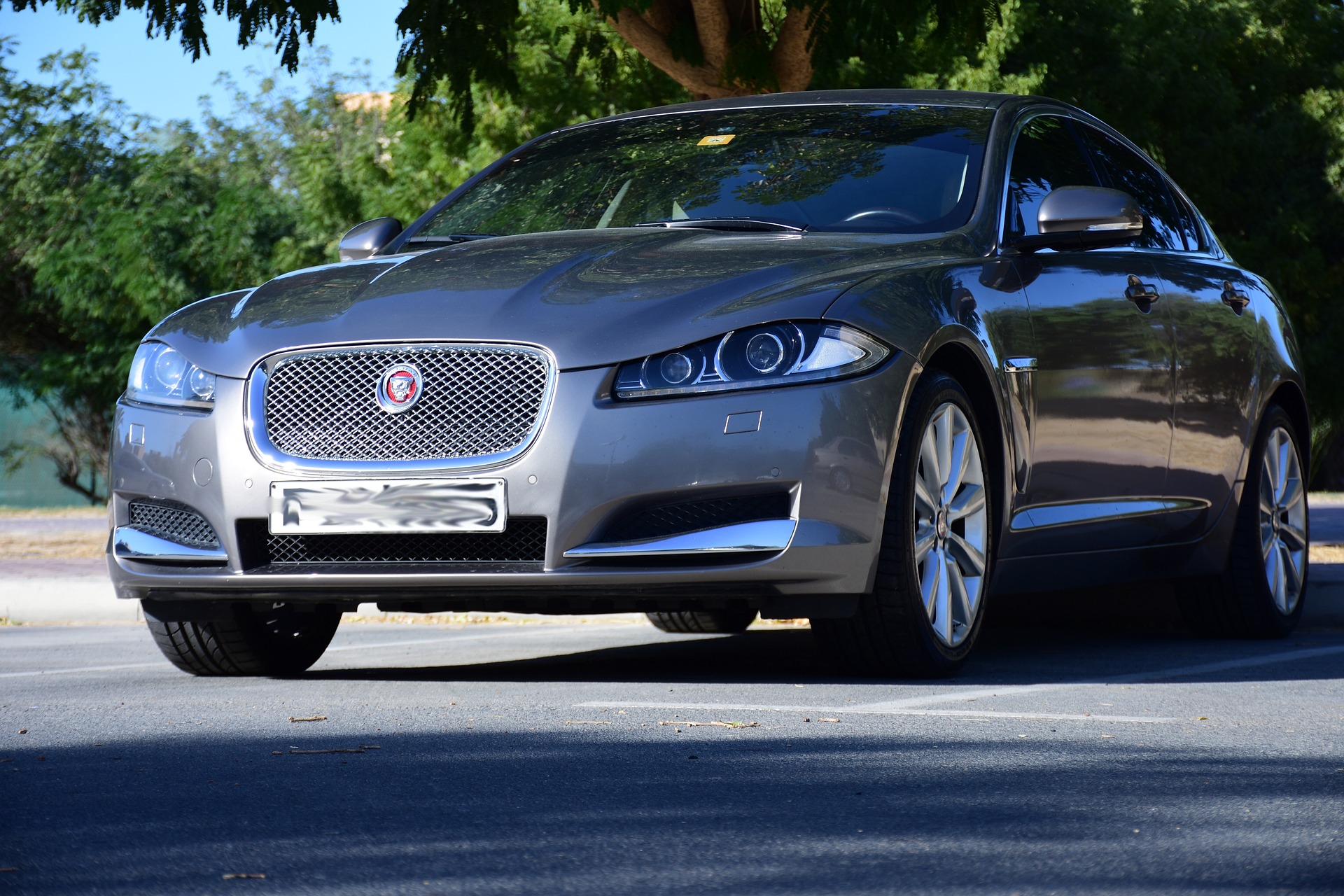What is a VIN Number and Why is It Important for Your Car?
A car’s Vehicle Identification Number, or VIN number, is a 17-character sequence stamped onto the car at the time of assembly and used to identify it. The VIN is also typically encoded into the vehicle’s onboard computer with other data such as when it was originally sold and what accessories were installed at that point.
The data in a VIN can be accessed by anyone, meaning it can be useful when trying to trace information about your old car or learning more about how a specific model differs from its counterparts.
What is a car VIN number
A VIN number is a unique identification code for each individual vehicle. Because the VIN is used in so many different places, this helps law enforcement when searching for stolen vehicles or boats. The information encoded in the VIN can tell you the type and status of your car, as well as a manufacturer’s name and details of some of those who have handled it. If you suspect your car has been stolen, it can also help you find it.
The VIN is largely standardized, but a few variations are permissible, and in some cases, the manufacturer may enter handwritten notes or other information in the sequence. The VIN is also used to identify a vehicle as a part of excise tax and import documentation requirements.
VINs are given to each car when it is manufactured. Each VIN begins with a letter, followed by a number and some letters, with the last three letters of the sequence being a particular manufacturer’s code for that manufacturer. Some manufacturers have multiple codes; for example, Ford uses D for domestic production and F for foreign production. The first few digits of the VIN are referred to as the Vehicle Identification Number or VIN.
What is a VIN number?
Information in the VIN includes the name of the manufacturer, a unique serial number, and a production date code. Perhaps most important, however, is that each VIN contains codes that provide information about the specific vehicle’s attributes. For example, the VIN number may contain information about the manufacturer, size of engine or transmission (i.e., 0 = automatic transmission), vehicle weight, use of air conditioning (i.e., 0 = not air-conditioned), tire size, seat type, and options, and other information. Each VIN has three fields: The first contains a code identifying the manufacturing plant; the second identifies the vehicle model; and the last contains a production date code for dating records.
What is a VIN number used for
The VIN is used for a variety of purposes, and the information it contains can be used to track a vehicle, identify its history, repair it, or simply understand what model it is. The VIN contains key information that can be found in government records and at automotive auctions, as well as on the Internet.
For example, law enforcement might check a VIN number to determine whether a vehicle has been reported stolen. If so, this information could help in finding it more quickly. If a person buys a car, the VIN can be used to determine whether the vehicle is authentic or has been repainted or reworked. A VIN’s information can also help you repair a car, and the number is sometimes needed when filing insurance claims.
How to find a VIN number on your car
Knowing your VIN can be helpful in discovering a number of details about your car. There are several ways to check the VIN, some of which are easier than others. Here they are, ranked from least to most easily accomplished:
Check the car’s VIN number by looking at it with a scanner or on the dashboard or engine freeze strap or on any sticker that’s attached to the case. The scanner must scan both sides of the tape.
Insert the VIN number into a VIN decoder. The decoder will print out the information using either standard or programming formats. Call the manufacturer of your car. They will give you a free VIN verification over the phone, provided that you have the full, 17-character VIN number. Be prepared for long waits on their end.
Contact a local dealership and ask for their help with your VIN number. Again, be prepared for long waits on their end and a high price tag. Once you have gathered the information about your VIN, there are a number of uses for it.
Why is it important to decode a VIN number of a car before you buy it
1. You want to verify that the vehicle you’re looking at is a real one.
The VINs on fake cars are usually altered and state the other car is what it isn’t. Some of these altered VINs have been found with state-issued license plates and insurance. The VIN can be decoded to see if it matches the body, engine, and transmission of the vehicle and whether the car was ever stolen or salvaged. Ask for the vehicle identification number, or VIN, from the dealer.
2. You want to find out if the car has been stolen.
Often, cars that have been stolen are sold as something else entirely. Here are some tips on how to check if your car was reported stolen:
Run an online search using the name of your city and “police department.” Look for a link that gives you access to an online database of registered vehicles. Check it periodically and enter the vehicle’s VIN number. You may have to pay a fee for the search.
Ask for help from your neighbors or friends who live in cities where car theft occurs more frequently. They might know if there are any car theft reports in their areas. Check to see if the current owners of the vehicle have a valid title and insurance policy.
Check your local police department’s website and search the database of stolen vehicles by VIN number.
Check with a local garage or dealership to see if your car has been reported as stolen. Any written proof of the theft, such as a police report, will reveal valuable information about the vehicle you are looking for.
3. You want to find out whether your car is damaged and what work might need to be done on it.
There may be an issue that you would like a mechanic to look at before you invest thousands of dollars in its repair.
4. You want to know if the car you’re buying is a stolen vehicle.
Check the VIN numbers before buying used cars or those advertised online. By law, every vehicle has two VINs: one on the dashboard and another hidden underneath a screw or post in the driver’s door frame (in newer models). Look for a VIN number that matches your research, and confirm it at a local DMV office or by contacting the manufacturer.
5. You want to report the stolen car to the police.
If you discover that you are the victim of fraud on auto-related online transactions, you should report it to your local law enforcement agency. If a car has been listed online but was not delivered as advertised, or if the seller has not provided adequate proof of ownership, it is more likely that fraudulent activity is occurring. These acts can fall under the crime of fraud. You should contact local law enforcement to investigate and report the incident unless you are ready to sell the vehicle.
Conclusion
In the light of all this information above, you will be able to know how to decode the VIN number of your car and even use that knowledge to tell whether it is a stolen vehicle or not. In addition to that, you can check if the car is repaired or if its insurance policy was filed correctly. By digging deep into this seemingly obscure field of study, you can be sure that there are many things you will be able to find out about your car in a quick manner.












